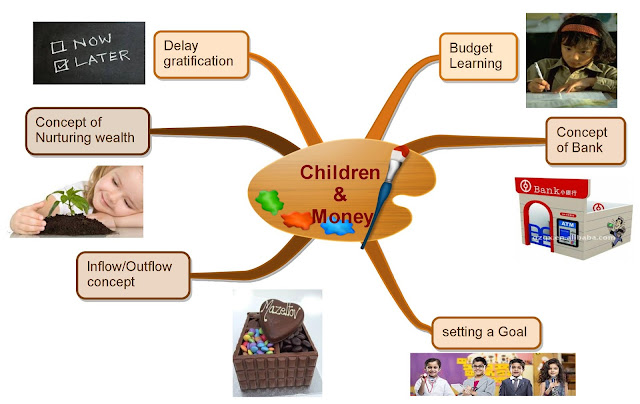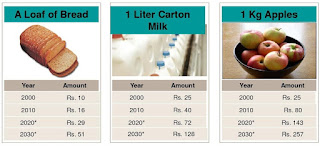Time to Focus on Short Term -
How to manage our money over next three years
The greatest impact of Covid-19 is the tremendous uncertainty about the future.
Today we are talking about our habits and beliefs before Covid-19 & after Covid-19 and trying to address the area of focus for next 3 years.
1. Before the corona virus breakout - we were habitual of investing for Long term say 10 years and more. Also, in each ups & downs we just keep on adding money for future goals.
Current time has come to focus on and reorganise your income, loans, investments and savings.
2. Earlier we were lazy to invest and review annually. We thought that frequent tracking of portfolio isn’t a good idea.
But looking towards future uncertainties, we need to change our portfolio according to the changes in the economy.
Current economy’s structure is changing in many ways and we need to focus on doing tactical asset allocation of our own by deciding below three things:
a. Which asset class is suitable for me?
b. How much allocation in each asset class?
c. What are the right entry & exit points?
3. Before the corona virus breakout, we had a fixed lifestyle. Fixed amount of Loans, Investments and spending on social events, birthdays, weddings, vacations, outings, etc.
Now we have to try and save every penny we can. We need to focus on understanding our own financial position and review it quarterly.
4. Earlier we believed that 3 to 6 months’ expenses are enough to be kept liquid.
After Covid-19, we have realised that one has to create survival fund (size depends upon earning and spending style of each family) for future uncertainties.
We need to focus on converting illiquid assets to liquid funds for future opportunities and let it act as a cushion against future risks.









